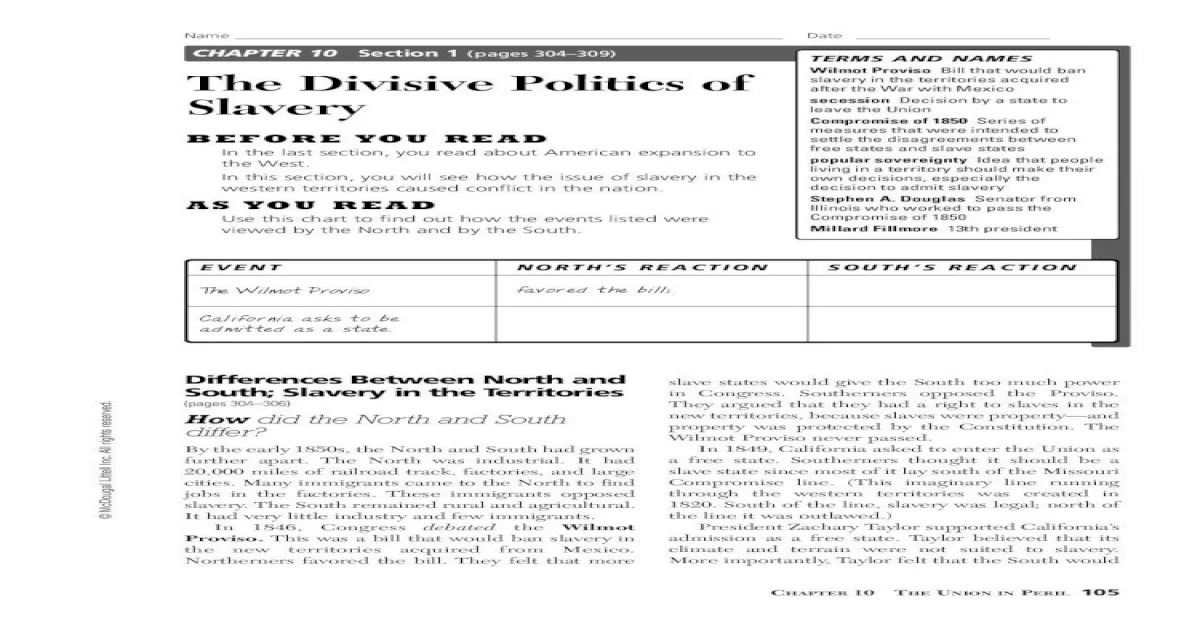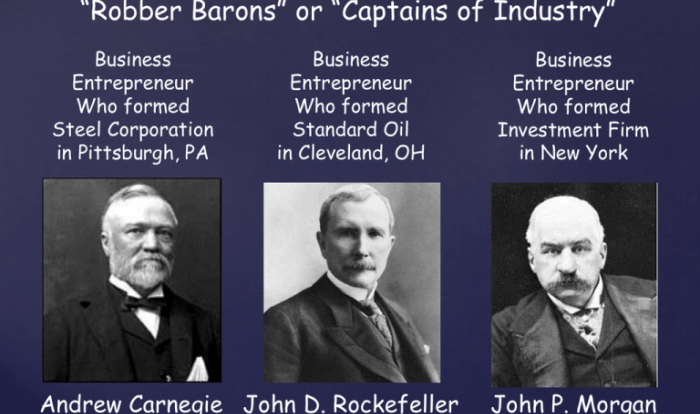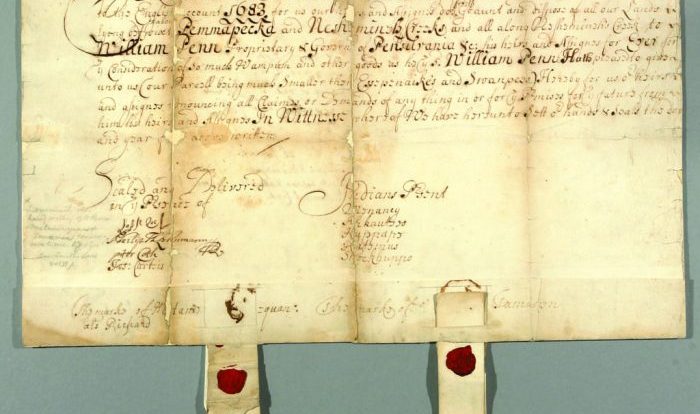The divisive politics of slavery left an enduring mark on the fabric of the United States. This contentious issue shaped political parties, fueled economic disparities, and ignited social and cultural conflicts that ultimately led to the Civil War.
From its origins in the colonial era to its abolition after the Civil War, slavery played a pivotal role in shaping the nation’s political and social landscape.
Historical Context
Slavery in the United States emerged from a complex interplay of factors, including the transatlantic slave trade, economic interests, and social beliefs.
During the 17th and 18th centuries, the demand for labor on plantations in the southern colonies led to the importation of enslaved Africans. The transatlantic slave trade became a major enterprise, with millions of Africans forcibly transported to the Americas.
Role of Slavery in Shaping the Country
Slavery had a profound impact on the political and economic development of the United States. The plantation system in the South became a dominant economic force, shaping the social and political structures of the region.
- Economic Impact:Slavery provided a cheap and abundant labor force, which fueled the growth of cash crops like cotton and tobacco. The wealth generated from these crops concentrated in the hands of plantation owners, creating a wealthy elite.
- Political Impact:The slave-owning class held significant political power, influencing government policies and laws to protect their interests. The institution of slavery became deeply embedded in the political system, leading to conflicts and divisions over its abolition.
Political Divisions

The slavery debate ignited significant political divisions, giving rise to distinct political parties and factions with contrasting ideological stances.
Pro-Slavery Advocates
Pro-slavery advocates argued for the preservation of slavery, emphasizing the economic benefits it provided to the Southern economy and the social order it maintained. They defended the institution as a necessary evil, claiming that enslaved people were inferior and incapable of self-governance.
Anti-Slavery Advocates
Anti-slavery advocates vehemently opposed slavery on moral and humanitarian grounds. They denounced the institution as an abomination and a violation of human rights. They advocated for the immediate and unconditional abolition of slavery, arguing that all people are created equal and deserve freedom.
Economic Implications
Slavery had profound economic implications for both the Southern and Northern states, contributing significantly to the sectional tensions that ultimately led to the Civil War.
Impact on the Southern Economy, The divisive politics of slavery
In the South, slavery was central to the plantation economy. Large-scale plantations relied on slave labor to cultivate cash crops such as cotton, tobacco, and sugar. Slavery provided Southern planters with a cheap and reliable workforce, enabling them to amass vast wealth and establish an economic system heavily dependent on the institution.
Impact on the Northern Economy
In the North, the absence of slavery led to the development of a more diversified economy based on manufacturing, trade, and finance. Northern industries competed with Southern plantation owners for labor, leading to higher wages and a more equitable distribution of wealth.
The North also benefited from the sale of manufactured goods to the South, further fueling its economic growth.
Sectional Tensions
The economic disparities between the North and South created deep-seated tensions. Southern planters feared that the abolition of slavery would destroy their economy and way of life. Northern abolitionists, on the other hand, argued that slavery was morally repugnant and an impediment to the nation’s economic progress.
These conflicting economic interests played a major role in the growing sectional divide and ultimately contributed to the outbreak of the Civil War.
Social and Cultural Impacts: The Divisive Politics Of Slavery
Slavery had a profound impact on the social and cultural fabric of societies where it was practiced.
For slaves, the institution of slavery stripped them of their humanity, denied them basic rights, and subjected them to unimaginable horrors. They were forced into labor, often under brutal conditions, and had no control over their lives or the lives of their families.
Slavery created a system of racial hierarchy, with slaves at the bottom and slave owners at the top. This hierarchy was reinforced by laws, customs, and social norms that justified the enslavement of certain groups of people.
Racial Attitudes and Identities
Slavery also had a profound impact on racial attitudes and identities. The institution of slavery created a system of racial hierarchy, with slaves at the bottom and slave owners at the top. This hierarchy was reinforced by laws, customs, and social norms that justified the enslavement of certain groups of people.
Over time, this system of racial hierarchy became deeply ingrained in the social and cultural fabric of societies where slavery was practiced.
The legacy of slavery continues to shape racial attitudes and identities today. In many societies, people of color continue to face discrimination and prejudice based on their race. This discrimination can take many forms, from racial profiling to hate crimes.
The legacy of slavery also continues to shape the way that people of color see themselves. Many people of color internalize the negative stereotypes that have been used to justify slavery and discrimination. This can lead to feelings of inferiority and self-hatred.
Abolitionist Movement
The abolitionist movement emerged as a powerful force in the fight against the institution of slavery in the United States. Driven by a moral conviction that slavery was an unjust and inhumane practice, abolitionists worked tirelessly to end the scourge of human bondage.
Key leaders of the abolitionist movement included Frederick Douglass, William Lloyd Garrison, and Harriet Beecher Stowe. These individuals played a pivotal role in raising awareness about the horrors of slavery and mobilizing public opinion against the practice.
Strategies and Tactics
Abolitionists employed various strategies and tactics to combat slavery. They organized public meetings, distributed anti-slavery literature, and lobbied politicians to pass laws that would restrict or abolish slavery. Some abolitionists, such as John Brown, even resorted to armed resistance against the pro-slavery forces.
One of the most effective strategies used by abolitionists was the “underground railroad.” This clandestine network of secret routes and safe houses helped enslaved individuals escape to freedom in the North or Canada.
Compromise and Conflict
The issue of slavery in the United States was a major source of tension and conflict throughout the nation’s history. As the nation expanded westward, the question of whether new territories would allow slavery became increasingly contentious.
Various attempts were made to compromise between pro-slavery and anti-slavery forces. The Missouri Compromise of 1820 admitted Missouri as a slave state and Maine as a free state, and it established a line at 36°30′ north latitude, above which slavery would be prohibited in new territories.
The Compromise of 1850 admitted California as a free state, organized the territories of New Mexico and Utah without addressing the issue of slavery, and strengthened the Fugitive Slave Act, which required the return of escaped slaves to their owners.
The Kansas-Nebraska Act of 1854 repealed the Missouri Compromise and allowed the people of Kansas and Nebraska to decide for themselves whether to allow slavery. This led to a period of violence known as “Bleeding Kansas” and further heightened tensions between the North and South.
The Dred Scott v. Sandford decision of 1857 ruled that African Americans were not citizens and could not sue in federal court. This decision further inflamed tensions and contributed to the growing rift between the North and South.
The election of Abraham Lincoln as president in 1860, who was opposed to the expansion of slavery, was the final straw for many Southerners. Seven Southern states seceded from the Union, and the American Civil War began in 1861.
The Outbreak of the Civil War
The outbreak of the Civil War was the culmination of decades of growing tensions over the issue of slavery. The election of Abraham Lincoln, who was opposed to the expansion of slavery, was the final straw for many Southerners.
Seven Southern states seceded from the Union, and the American Civil War began in 1861. The war lasted for four years and resulted in the deaths of over 600,000 people. The war ended with the defeat of the Confederacy and the abolition of slavery in the United States.
General Inquiries
What were the main arguments of pro-slavery advocates?
Pro-slavery advocates argued that slavery was necessary for the economic prosperity of the Southern states, that it was sanctioned by the Bible, and that African Americans were inherently inferior to whites.
How did the abolitionist movement contribute to the Civil War?
The abolitionist movement raised awareness of the evils of slavery and mobilized support for its abolition. This led to increased tensions between the North and South and ultimately contributed to the outbreak of the Civil War.


